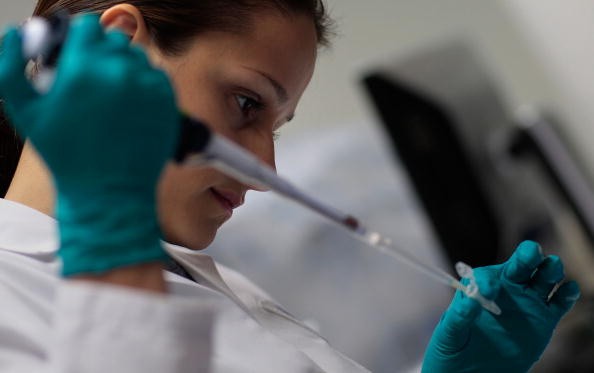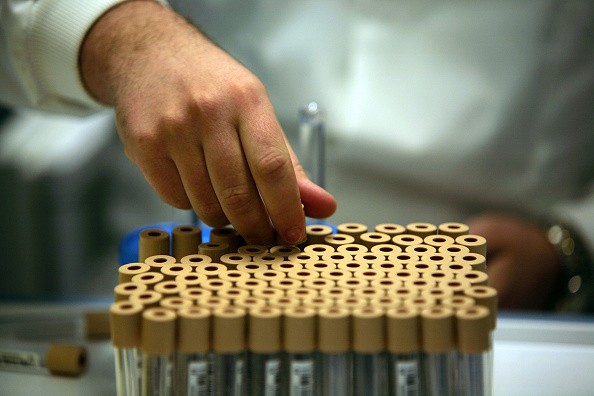DNA mutation is currently important to solve cancer and skin health issues. And now, some scientists were able to develop a new method called NanoSeq (nanorate sequencing) to detect DNA changes in any human tissue.

This medical innovation was created by the Wellcome Sanger Institute. They claimed that NanoSeq can make it possible to study how genetic mutations happen within human tissues. Researchers also said that it could have unprecedented accuracy.
The new study called "Somatic mutation landscapes at single-molecule resolution" was published by The Nature Journal.
"Somatic mutations drive the development of cancer and may contribute to aging and other diseases," explained the involved researchers. "Despite their importance, the difficulty of detecting mutations that are only present in single cells or small clones has limited our knowledge of somatic mutagenesis to a minority of tissues."
How NanoSeq Method Works
According to Clinical Omics' latest report, the new NanoSeq method is extremely accurate. It allows the detection of new mutations in non-dividing cells.

Also Read : India's COVID-19 Struggle Continues as Death Toll Exceeds 200,000; Amazon, Local Firms Steps in
This is currently a great medical innovation since the traditional methods and other techniques are having a hard time detecting DNA changes in non-dividing cells.
On the other hand, Technology Networks also reported that the new NanoSeq technique can also study samples of colon, blood, brain, and muscle. Thanks to this capability, the researchers now claim that the idea of cell division in the main mechanism driving genetic also changes.
How Did NanoSeq's Developers Create it?
The involved researchers explained that they improved an advanced a sequencing method called duplex sequencing 1. During the study, the experts also searched for errors in duplex sequence data.
Thanks to their efforts, they were able to identify the somatic mutations are concentrated at the ends of DNA fragments. Aside from these, they also discovered some major flaws in the previous duplex sequencing 1 method.
If you want to know more details, all you need to do is click this link. For more news updates about new medical innovations and techniques, always keep your tabs open here at TechTimes.
Related Article : A COVID-19 Pill is Coming at Year's End; Pfizer CEO Says that it Could Treat the Virus During Early Stages
This article is owned by TechTimes
Written by: Griffin Davis

![Apple Watch Series 10 [GPS 42mm]](https://d.techtimes.com/en/full/453899/apple-watch-series-10-gps-42mm.jpg?w=184&h=103&f=9fb3c2ea2db928c663d1d2eadbcb3e52)


